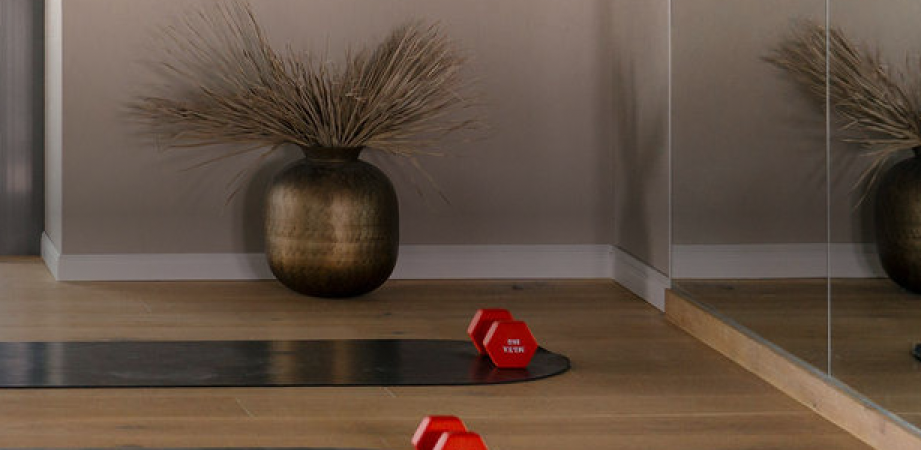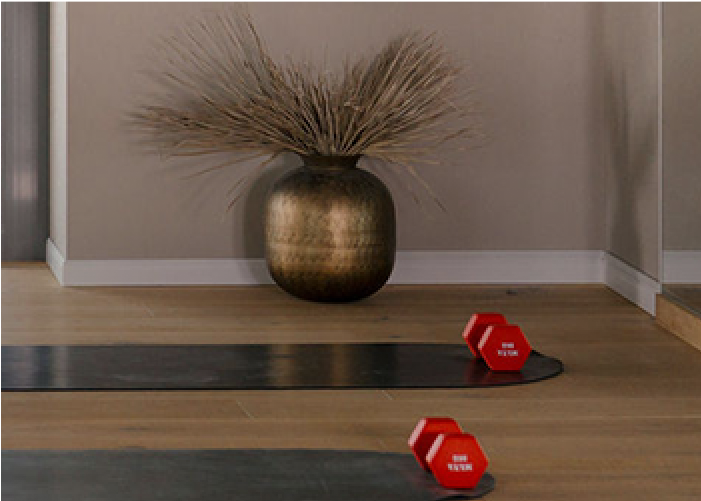Since I recently attended a very interesting training course on the subject of the intestine, I would like to familiarize you with a topic that really fascinated me.
The phytic acid.
Beans and rice are filling, nutritious, and taste good, as well as being affordable. When it comes to rice, the question arises: which is better: polished white rice or brown rice? Brown rice, just like beans, contains a substance called phytic acid. This is said to bind minerals, rendering them useless for human consumption. Today, we'll explain what you need to pay attention to when preparing these two foods to get rid of the phytic acid once and for all.
Beans (white beans, lima beans, black beans, etc.) and rice contain a lot of wonderful nutrients and vital substances: In addition to up to 35 grams of protein per 100 grams, legumes provide almost all B vitamins, including the important folic acid, as well as an interesting amount and variety of minerals and trace elements.
Unfortunately, they also contain phytic acid, a secondary plant substance found in the outer layers of grains, legumes, and many other seeds.
Phosphate-containing phytic acid serves as a source of energy and protection for the seedling. When the seed has sufficient warmth and water available, life awakens within it.
As soon as the germination process begins, the enzyme phytase is produced in the grain. Phytase breaks down the phytic acid, releasing the phosphorus stored in it. This phosphorus, in turn, is now available to the young plant as an important nutrient for growth and development.
While phytic acid may be great for the sprout, it's not necessarily beneficial for humans. Phytic acid can inhibit the absorption of minerals like calcium and trace elements such as zinc and iron, or reduce their usability.
For this reason, the plant substance is currently a favorite argument of the white flour faction. Since neither white flour nor polished rice contain outer layers, they are relatively low in phytic acid—white flour more so than white rice.
However, white flour products and white rice now lack not only a large part of the original phytic acid, but also important fiber, calcium and zinc.
Consequently, it can be assumed that the amount of minerals and trace elements present in whole grain products is abundant enough so that the body can benefit from them even if the phytic acid it also contains binds some of them.
Recently, however, at least three beneficial properties of phytic acid have been discovered: It regulates blood sugar levels and also exhibits anti-cancer properties. Phytic acid is even apparently said to help the body defend itself against harmful radiation.
But how do you prepare dishes properly without worrying about the phytic acid content?
Before cooking rice and beans (or other legumes), soak them—preferably overnight (at least eight hours, ideally 24 hours). This soaking not only significantly reduces cooking time (by about half an hour), but also reduces the phytic acid content (although not completely).
After soaking, discard the soaking water. Now cook rice or pulses in fresh water. Do not add salt to the cooking water for pulses. Salt prevents beans and other vegetables from becoming soft.
You'll know if you've soaked the beans and rice long enough when the beans and rice grains are already soft enough to chew. Now boil the beans and simmer gently for about 30 to 45 minutes.
So it's quite easy to make rice and beans into meals that are not only delicious but also completely safe. It's especially practical when eaten together—which is popular in Central and South America. This way, you get a protein profile with a high biological value.
Foods with a high phytic acid content:
Peanuts
potato peel
brown rice
Legumes
Mustard
Source Center for Health
https://www.zentrum-der-gesundheit.de/phytinsaeure-ia.html
#nutrition #healthy #food #phytic acid







